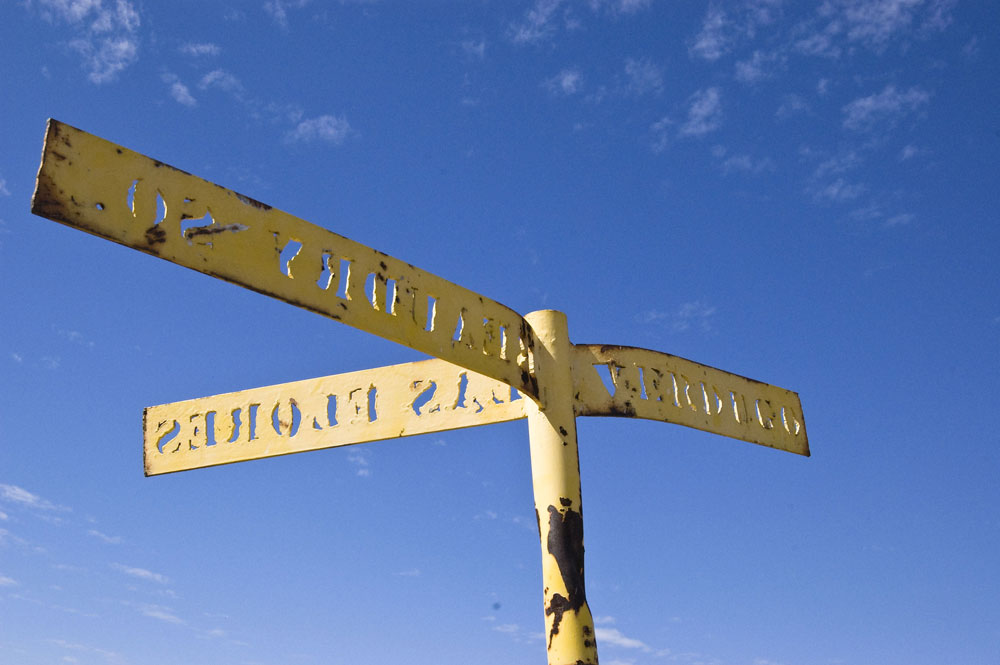
March 14, 2020; Los Angeles Times
The threat of coronavirus is changing what people think of as “possible” or “acceptable” in terms of public assistance. This week, people experiencing homelessness in Los Angeles demonstrated the necessity of that rethinking, bringing attention to the higher level of threat faced by this community.
“We need to fundamentally reimagine our society,” said United Teachers Union of Los Angeles president Alex Caputo-Pearl. “We cannot have vacant, publicly owned houses without people living in them, when thousands of people are on the street.”
Residents seem to agree. A group calling themselves “Reclaimers” has occupied 11 houses in a Los Angeles neighborhood known as El Sereno. Ruby Gordillo, Benito Flores, and Martha Escudero, along with Gordillo’s and Escudero’s children, began by occupying a single home. Flores and Gordillo then moved out to a second one, and other L.A. citizens without housing followed suit.
Escudero said, “I am a mother of two daughters. I need a home. There’s these homes that are vacant, and they belong to the community.”
That isn’t true of every vacant home, but these houses are actually owned by the state transportation agency, CalTrans, so there’s an argument to be made. CalTrans bought houses in the area a few decades ago, when they planned to extend the 710 freeway. Community opposition quashed the freeway expansion, but the agency still owns the homes—460 of them, according to the Pasadena Star-News, of which 163 are vacant.
CalTrans has faced complaints for its handling of the homes. Even though they acquired the homes starting in the 1950s, they have only just begun the process of offering them back for sale. Thirty-seven homes were deemed “uninhabitable” because of mold, vermin, and other issues. And now, when orders are out to shelter in place, CalTrans has made no move to offer the homes to those with nowhere to shelter.
Sign up for our free newsletters
Subscribe to NPQ's newsletters to have our top stories delivered directly to your inbox.
By signing up, you agree to our privacy policy and terms of use, and to receive messages from NPQ and our partners.
Moms 4 Housing conducted a similar protest move about a month ago in Oakland, California, and successfully won the right to stay in their homes with the help of a nonprofit purchaser. But those homes were owned by a private developer, not a state agency—and the threat of coronavirus wasn’t hanging over people’s heads.
Los Angeles Mayor Eric Garcetti said, “We’ve asked CalTrans to see whether or not our housing authority might be able to get that house and many other houses, and make that affordable housing for folks that today need that, or who are homeless. But that will require state action.”
Garcetti has issued a number of orders in the past week to increase the safety of Angelenos with no permanent place to live. He ordered a moratorium on both commercial and residential evictions, halted the daily dismantling of tents where people sleep on the street, and released $20 million in reserve funds to create emergency shelter beds.
The latter effort, which Garcetti hopes will provide 6,000 beds, is in partnership with LA County, the Red Cross, FEMA, and the Los Angeles Homeless Services Authority (LAHSA). Those 6,000 beds will certainly help, but some estimate that 36,000 people have no permanent home in LA, and LAHSA itself recently counted 11,177 people sleeping in vehicles or tents.
Advocates for those experiencing homelessness pointed out how impractical health guidelines were for those without access to facilities. “What does ‘stay home’ mean to a homeless person?” wrote Services Not Sweeps. “What does ‘wash hands frequently’ mean to people with access to neither plumbing nor handwashing stations?”
Some people worried about going into the emergency shelters being set up because they feared that people would be crowded too close together; the Centers for Disease Control recommends keeping people six feet apart. Governor Gavin Newsom suggested that hotels and motels—many of which are currently vacant—would be a better option.
As Reclaim Our Homes pointed out, though, this is a two-step process and the goal is real housing. It’s important to get people off the streets for their safety, but perhaps this moment can show what is possible when we treat chronic homelessness like the crisis that it is.—Erin Rubin













